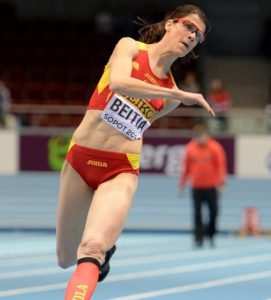The other day in a yoga class the teacher said something about meditation/being present that I have never heard before, even though I live with a meditation teacher. It was something along the lines of “The present moment is the only moment in which we can be happy–if we’re stuck in the past, that’s depression; if we can only think about the future, that’s anxiety.” It made me go WOT.
She attributed it to–well, she couldn’t quite remember, but she thought it was someone along the lines of the Dalai Lama or Ram Dass. When I googled it I found that it’s sometimes erroneously attributed to Lao Tzu. It doesn’t matter who said it, in any case, but I did find it amusing that someone on the internet was much more annoyed about it being falsely attributed to Lao Tzu rather than by the content of the statement.
Let’s skip over the fact that it’s reductive, because of course it is; most single-sentence summations of vast and nuanced topics will be reductive by nature. I’m sure whoever said it is aware of that. It’s also pat, yes, and maybe has a self-satisfied air to it (that’s probably me projecting), but that in itself isn’t such a terrible crime. I don’t particularly like this koan, but I’m not opposed to others, and I even appreciate a good tautology if it hits the right note…
Anyway, my bafflement was primarily focused on: why is the statement reductive in this particular way? Why was it so obvious to whoever said it to associate anxiety with the present and depression with the past? I’m aware of the logic behind it–it’s depressing that you can’t change the past; we aren’t in control of the future and not being in control produces anxiety–but it would be easy enough to justify drawing a parallel between anxiety and the past (worrying about things you’ve done, obsession about guilt for things you’ve done wrong) or depression and the future (bleakness, blankness). Why only anxiety, depression, and happiness, for that matter? Why not anger, excitement, and fear, or some other combination?
When I was depressed the most terrifying thing to me was the actual concept of “a moment” and the present was the most difficult place to inhabit. I could at least look to a past in which I hadn’t been depressed and a future in which I would conceivably not be depressed. So when I heard the yoga teacher repeat the (still unattributed) quote, I wasn’t thinking “platitude,” so much as I was thinking “misalignment.”





